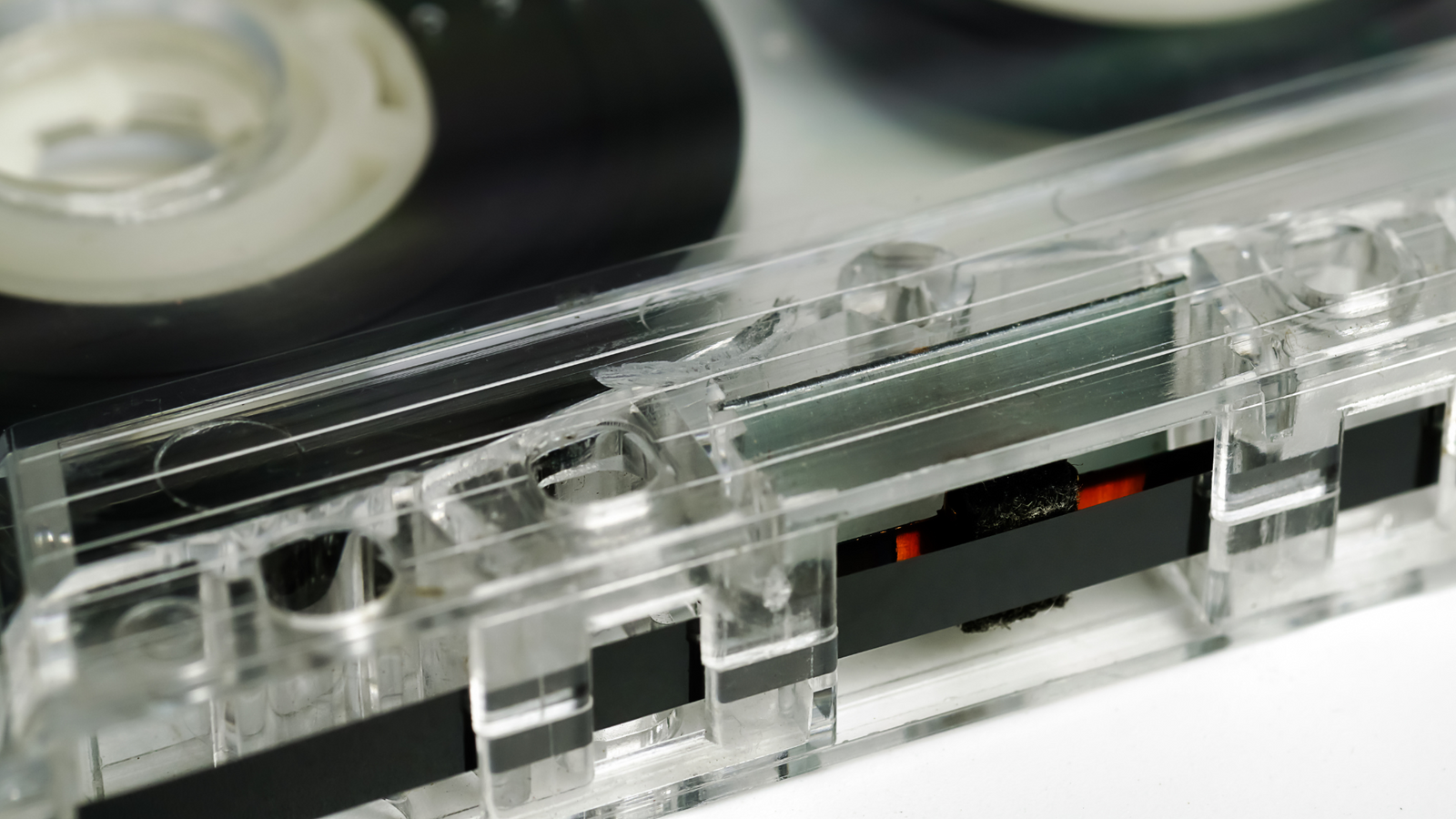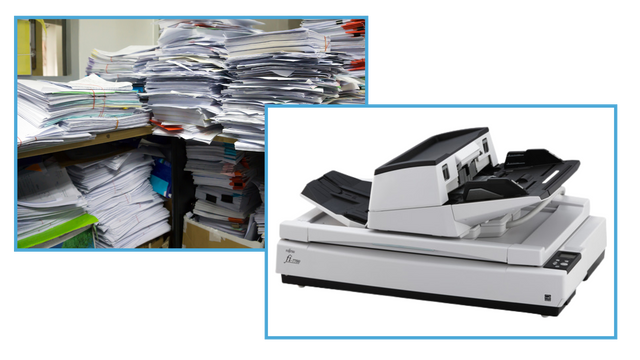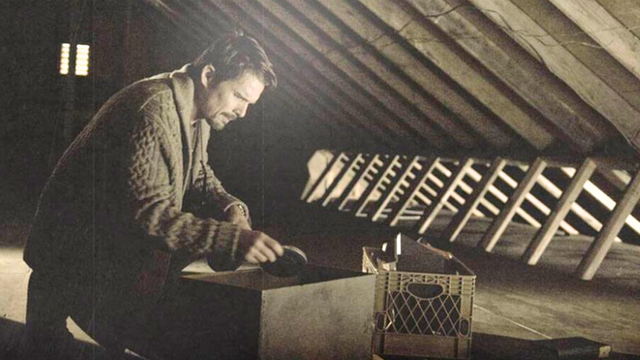“Cassette” Means More Than You Think
When most people say “cassette tapes,” they’re thinking about those plastic rectangles that played music in their Walkman or got stuck in the car stereo. But cassette tapes come in many formats—some for music, some for video, some you might not recognize at all.
And no matter what kind of cassette you have, here’s the one thing they all share:
They’re magnetic. Which means they’re vulnerable to damage, decay, and loss.
If you’ve found old tapes in a box, attic, or drawer, now’s the time to digitize them—before those memories fade.
Common Types of Audio Cassette Tapes
Cassette tapes were a go-to format for music, dictation, recording radio, and capturing personal moments. While the Compact Cassette is the best-known, there are several types you might come across:
1. Compact Cassette (Standard Audio Cassette)
- Introduced by Philips in 1963
- The most popular audio format worldwide
- Used for music albums, mixtapes, and home recordings
2. Microcassette
- Half the size of a compact cassette
- Common in voice recorders, dictation machines, and answering machines
- Popular in the 1980s and 1990s for quick voice notes
3. 8-Track Tape
- Bulky, cartridge-style audio tape used primarily in cars during the 1960s–70s
- Predecessor to the compact cassette
- Plays on a continuous loop and degrades faster than cassettes due to its mechanics
4. Digital Audio Tape (DAT)
- Introduced by Sony in 1987
- Compact but high-fidelity digital audio storage
- Used by studios, musicians, and serious home recorders
- Requires special equipment to play back—many DAT decks are no longer functional
👉 Whichever you have, convert audio tapes to digital with Heirloom!

Common Types of Video Cassette Tapes
The term “cassette tape” is also used for video formats, and this is where things can get confusing. Here are the most common types of video cassettes:
1. VHS Tapes
- The most widely used home video format
- Used in VCRs to record and play family events, TV shows, and movies
2. VHS-C
- Compact version of VHS
- Used in handheld camcorders and played in VCRs with an adapter
3. MiniDV Tapes
- Small digital tapes used in digital camcorders in the 1990s and 2000s
4. Hi8 and 8mm Video
- Analog and digital video formats used in camcorders
- Easy to confuse with MiniDV due to similar size
All video cassettes use magnetic tape, too—and they’re just as vulnerable to degradation.
👉 Explore our video cassette to digital conversion services.

Why You Should Digitize Cassette Tapes Now
Magnetic media such as cassette tapes were never meant to last forever. According to the U.S. National Archives, magnetic tape is especially vulnerable to “binder breakdown,” where the material holding the magnetic particles together deteriorates over time, leading to signal loss and eventual playback failure. That's why the Library of Congress (LOC) is urging families and institutions to digitize magnetic media now—before those irreplaceable sounds and images are permanently lost.
Convert Cassette Tapes to Digital
Cassette tapes weren’t built to last decades. Most are already 20 to 50 years old. Whether it’s audio or video, magnetic tape deteriorates with time due to:
- Heat, humidity, and mold
- Tape stretching or snapping
- Oxide loss, causing fading or total erasure
- Lack of working players to access your content
Converting cassette tapes to digital gives your memories a second life—clean, accessible, and shareable. While many companies still offer DVDs or USBs, Heirloom stores everything in a private digital vault for your memories, so you’ll never worry about scratched discs or misplaced thumb drives.

FAQ: People Also Ask
How long do cassette tapes last?
Most cassette tapes last 10–30 years before the sound begins to fade. Heat, humidity, and frequent playback can speed up deterioration, making digitization essential.
Can cassette tapes still be played today?
Yes, if you have a working cassette player, but replacement parts are rare. To ensure long-term access, it’s best to convert them to digital formats.
Do cassette tapes lose quality over time?
Absolutely. Magnetic tape degrades naturally, causing hiss, warping, or dropouts. Digitizing captures the sound before further loss occurs.
Can video be stored on cassette tapes?
Yes, some formats like VHS and Betamax are technically “cassette tapes.” Both audio and video cassettes face the same risks of wear, so digitization is strongly recommended.
What is the best way to digitize cassette tapes?
While you can connect a cassette player to a computer with an audio interface, professional digitizing services ensure higher quality transfers and long-lasting preservation.
Recommended Next Reads
Cassette Tape Conversion Guide: Audio and Video Formats Explained
Your Wedding Video Is Worth Watching Again
The History of Video: How We Captured Life One Frame at a Time
VHS to Digital: How to Save Your Home Videos Before It’s Too Late
What Is Nostalgia? The Science and Magic Behind Nostalgic Memories
📧 Want more tips like this?
Subscribe to Heirloom emails to learn how to preserve your priceless memories. Get discount codes for expedited shipping, quality digitizing, and secure cloud storage. We never spam, and it’s easy to unsubscribe at any time.


